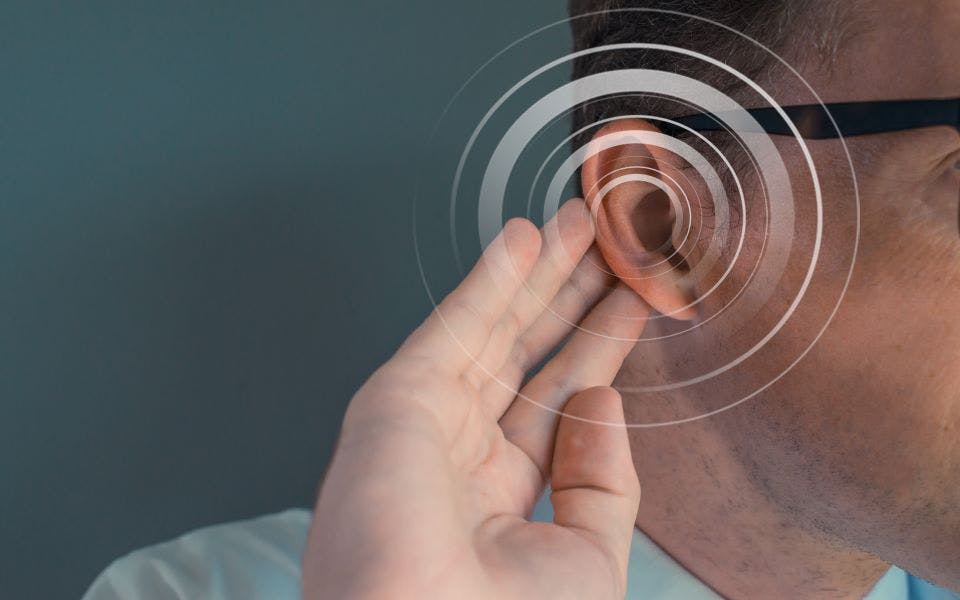It’s a type of hearing loss categorized by problems with the inner ear and can affect people of all ages.
Causes of Sensorineural Hearing Loss
The tiny hair-like cells in the cochlea called stereocilia convert sound vibrations to electrical signals for your brain’s auditory cortex.
Sensorineural hearing loss occurs when any part of your inner ear, particularly the stereocilia, is damaged. It can be genetic or acquired over time from exposure.
Eight common causes of sensorineural hearing loss include:
- Aging
- Short- or long-term exposure to loud sounds
- Birth defects
- Head trauma
- Ototoxic medications
- Reduced blood flow to the inner ear
- Tumors
- Ear infections
Types of Sensorineural Hearing Loss
- Unilateral hearing loss: This is categorized by hearing loss in one ear.
- Bilateral hearing loss: This condition presents hearing loss in both ears.
- Asymmetrical hearing loss: You have hearing loss in both ears, but one is worse.
- Bilateral progressive hearing loss: Both ears develop hearing loss over time due to the immune system attacking the inner ear.
- Sudden sensorineural hearing loss: A loss of 30 decibels or more may happen suddenly or within a few days and requires immediate medical attention.
Symptoms of Sensorineural Hearing Loss
Sounds seem muffled, especially in noisy environments such as restaurants. Differentiating speech from background sounds becomes difficult, and you might feel mentally fatigued after socializing.
High frequencies are often the first types of sounds affected by sensorineural hearing loss, so you may struggle to hear women’s and children’s voices.
Other symptoms include:
- Trouble differentiating consonant sounds
- Turning up the volume on the TV or radio
- Frequently asking others to repeat themselves
- Withdrawing from social situations
How is Sensorineural Hearing Loss Treated?
An audiologist will conduct a physical exam to determine if blockages or infections are affecting your hearing. A diagnosis requires a hearing evaluation in which you identify different sounds and tones in each ear.
That test produces an audiogram that pinpoints the frequencies you can’t hear. You may require medication to treat infections or prescription changes to eliminate ototoxicity.
Hearing aids are the most common type of treatment for sensorineural hearing loss. Your audiologist will program, test and fit prescription hearing aids based on your audiogram results to amplify and clarify the frequencies you struggle to hear. If your sensorineural hearing loss is profound, you may need cochlear implants, which bypass the damaged stereocilia and directly stimulate your inner ear.
Hearing Evaluations in Northern IA & Southern MN
Hearing Associates offers various hearing aid styles and brands to suit your needs. Call us at 888-760-2032 or schedule your appointment online.


